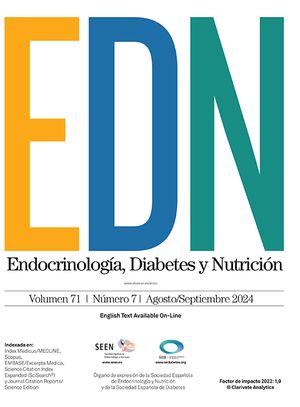La hiponatremia es un factor asociado a mal pronóstico bien conocido en pacientes que presentan insuficiencia cardíaca (IC) crónica. Los mecanismos que conectan la hiponatremia con el mal pronóstico no están plenamente dilucidados, y posiblemente se hallen en relación a la presencia de un manejo inadecuado del agua libre y a la activación neurohormonal típica de los pacientes con IC crónica y que a su vez se asocian a peor evolución en ellos. Posiblemente, el grado de retención de agua libre sea superior a la proporción de retención de sodio en estos pacientes lo que, al menos parcialmente, explicaría la presencia de hiponatremia en la IC crónica. Hay diversas estrategias de tratamiento disponibles de la hiponatremia en la IC, aunque ninguna de ellas se ha mostrado demasiado eficaz, y que incluyen desde la restricción hídrica a la administración de tratamientos agresivos con diuréticos, pasando por la perfusión de suero salino hipertónico. Recientemente, el antagonismo de la vasopresina mediante los antagonistas de los receptores de la vasopresina ha conllevado una nueva vía de tratamiento de la hiponatremia en estos pacientes mediante la estimulación de la acuaresis. Hay diversos agentes disponibles, aunque aún no se ha establecido de forma plena el posible impacto de estos nuevos fármacos en la morbimortalidad de los pacientes que presentan hiponatremia en el contexto de la IC crónica.
Hyponatremia is a well-known adverse prognostic factor in patients with chronic heart failure. The mechanisms linking hyponatremia with poor outcomes in these patients are not well understood and may be related to the presence of the abnormal management of water and neurohormonal activation seen in patients with chronic heart failure, which in turn are associated with a worse prognosis. Possibly, free-water retention exceeds the degree of sodium retention in chronic heart failure, which could partially explain the hyponatremia found in these patients. There are several therapeutic strategies for the management of hyponatremia in patients with chronic heart failure, including fluid restriction, high-dose diuretic administration and infusion of hypertonic saline, but none has been proven to be very effective. Recently, vasopressin antagonism through vasopressin receptor antagonists has opened up a new way of treating hyponatremia in these patients by enhancing aquaresis. Several agents are available but their possible impact on morbidity and mortality in patients with hyponatremia and chronic heart failure requires elucidation.




